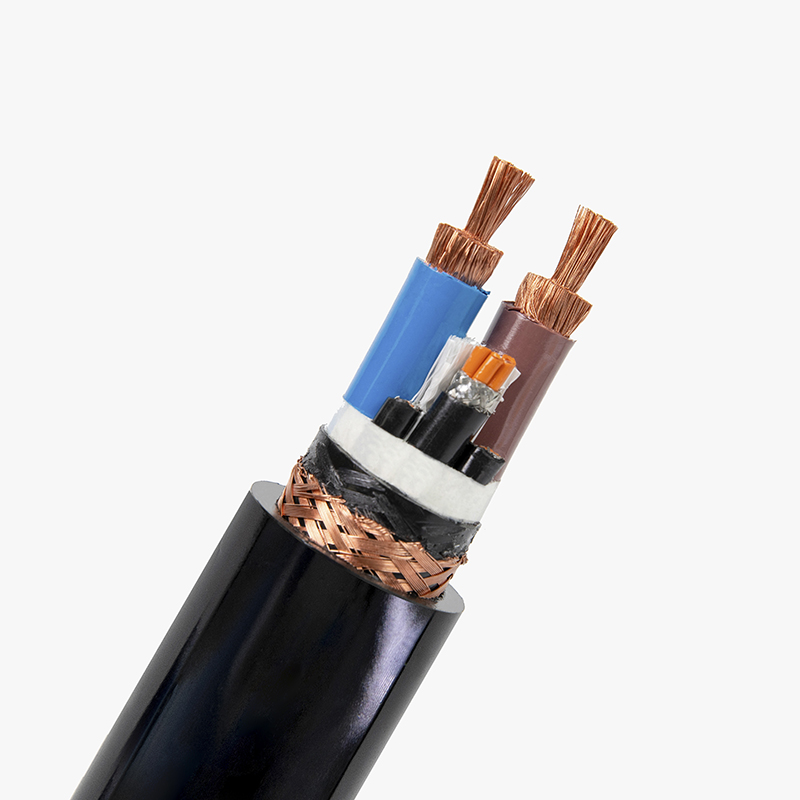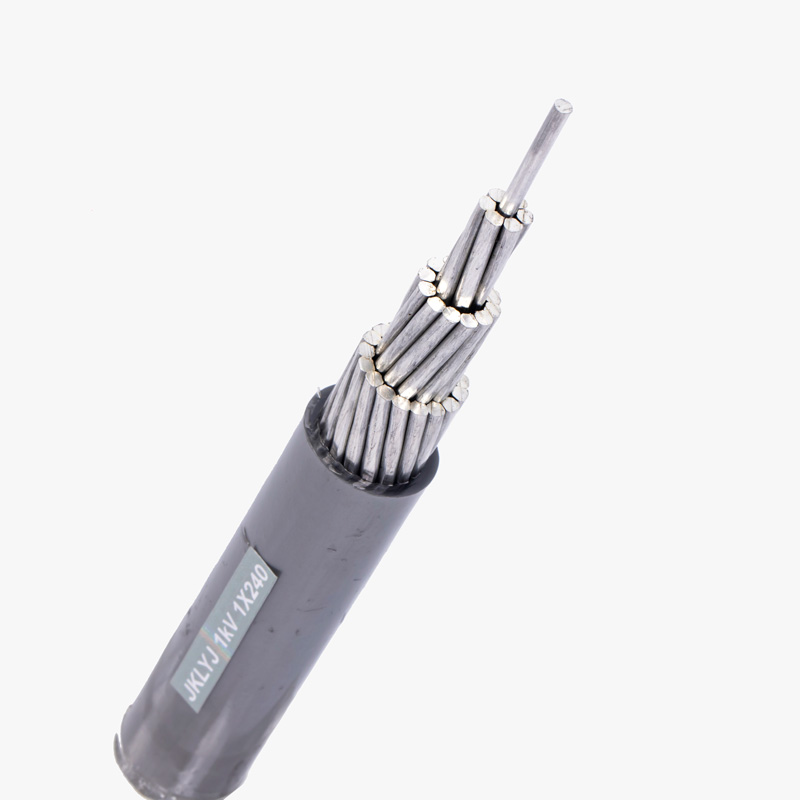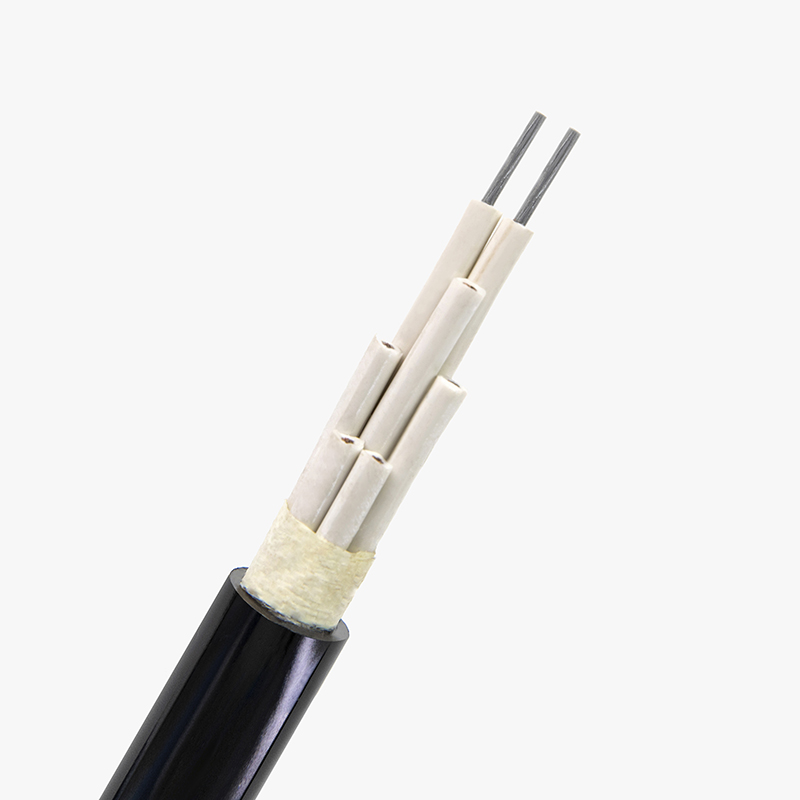Are You Concerned About the Safety Risks of Handling High Voltage Cables?
For contractors, distributors, and engineers, working with high voltage cables can be a serious challenge. Accidents often happen because of poor training, weak safety systems, or unreliable suppliers. These mistakes can cause dangerous shocks, equipment failures, and costly delays. The solution lies in following proven safety rules and working with trusted manufacturers that guarantee reliable HV cables. At QRUNNING, we combine over 30 years of experience with advanced production standards to deliver safe, customisable, and certified cables. As a leading wholesaler and supplier, we support projects worldwide with high-quality products designed to minimise risks and improve operational safety.
Safe handling of high voltage cables requires strict precautions, reliable equipment, and trusted suppliers to prevent accidents, protect workers, and ensure consistent electrical performance across every project.
Understanding the dangers, safety rules, and first aid measures is essential for anyone handling HV cables. Let’s dive deeper into these critical aspects.
Why Energised High Voltage Systems are Dangerous?
High voltage cables carry large amounts of energy. When energised, they can cause severe injury or even fatal accidents. The danger comes from electric arcs, uncontrolled current flow, or direct contact with a live conductor. Unlike low-voltage systems, HV cables can generate high heat, sparks, and unexpected surges, damaging nearby equipment and endangering workers. Another factor is that electricity at high voltages can jump gaps through the air, which makes even indirect contact risky. For this reason, every supplier and manufacturer stresses the importance of insulation, grounding, and safe handling practices. Reliable cables with durable armour are designed to reduce these risks.
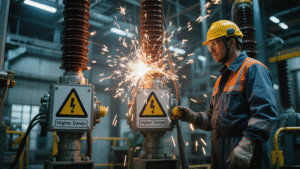
For businesses, accidents caused by poor HV cable safety can result in legal penalties, financial losses, and damaged reputation. This makes selecting a trusted manufacturer and enforcing strict safety procedures essential. Contractors should ensure that every project site follows proper lockout systems, clear signage, and protective equipment guidelines before approaching energised systems.
Golden Rules for Safe Work on High-Voltage Lines
Experts highlight several “golden rules” that guide safe operations with HV cables. First, always disconnect and verify isolation before starting work. Second, ground and short-circuit equipment to prevent unexpected energisation. Third, secure work areas with clear barriers and warning signs to keep unauthorised personnel away. Fourth, wear personal protective equipment such as insulated gloves, helmets, and boots. Fifth, only trained and certified workers should operate near high-voltage systems. Finally, tools and testing devices must be regularly inspected and rated for high voltage use.
Following these rules ensures that the risk of accidents is greatly reduced. A responsible wholesaler or supplier will also provide technical guidance and product information to help clients maintain safety standards. By combining high-quality cables with strong workplace discipline, contractors can complete projects efficiently while safeguarding their teams.
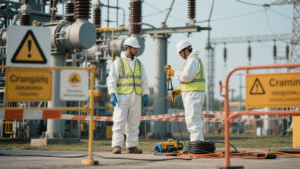
Standards for Safe Work of Electrical Fitters
Electrical fitters working with high voltage cables must follow strict international and national standards. These standards ensure safe installation, testing, and maintenance practices. They typically cover voltage isolation procedures, the use of insulated tools, mandatory safety distances, and protective equipment requirements. Adhering to these standards reduces human error, one of the most common causes of electrical accidents.
Professional manufacturers design and test HV cables according to recognised certifications, ensuring that the products meet stringent safety criteria. Contractors and distributors should always request certificates from their suppliers to confirm compliance. In addition, workplace training and refresher courses are essential so that electricians understand updates in safety protocols. When both cable quality and worker discipline align, projects can operate smoothly with minimal risk.
First Aid for Electric Shock
Despite preventive measures, accidents involving HV cables can still happen. Knowing first aid for electric shock is crucial. The first step is to disconnect the power source before attempting to help. Never touch the victim with bare hands while the circuit is live. Once the area is safe, assess the victim’s breathing and pulse. If necessary, start CPR and call for emergency medical services immediately. Burns caused by electrical contact should be cooled with clean water and covered with sterile dressings. Avoid applying creams or oils, as they can trap heat and worsen injury.
Employers should ensure that first aid kits, trained personnel, and emergency plans are always available on-site. Responsible wholesalers, suppliers, and manufacturers often provide safety training materials along with cables to reduce workplace risks. Quick and informed first aid not only saves lives but also reduces long-term complications from electrical accidents.
Conclusion
Safe handling of high voltage cables requires a mix of reliable products, strict rules, and emergency readiness. Choosing trusted suppliers ensures both safety and long-term performance.

